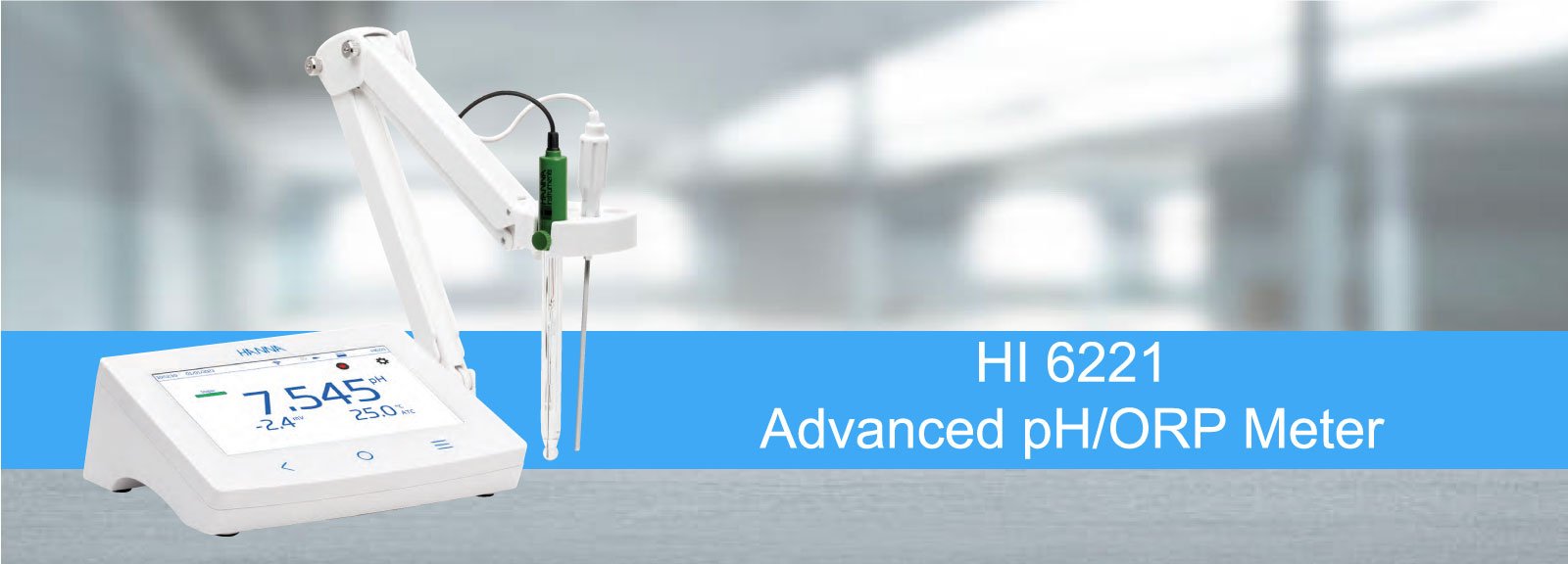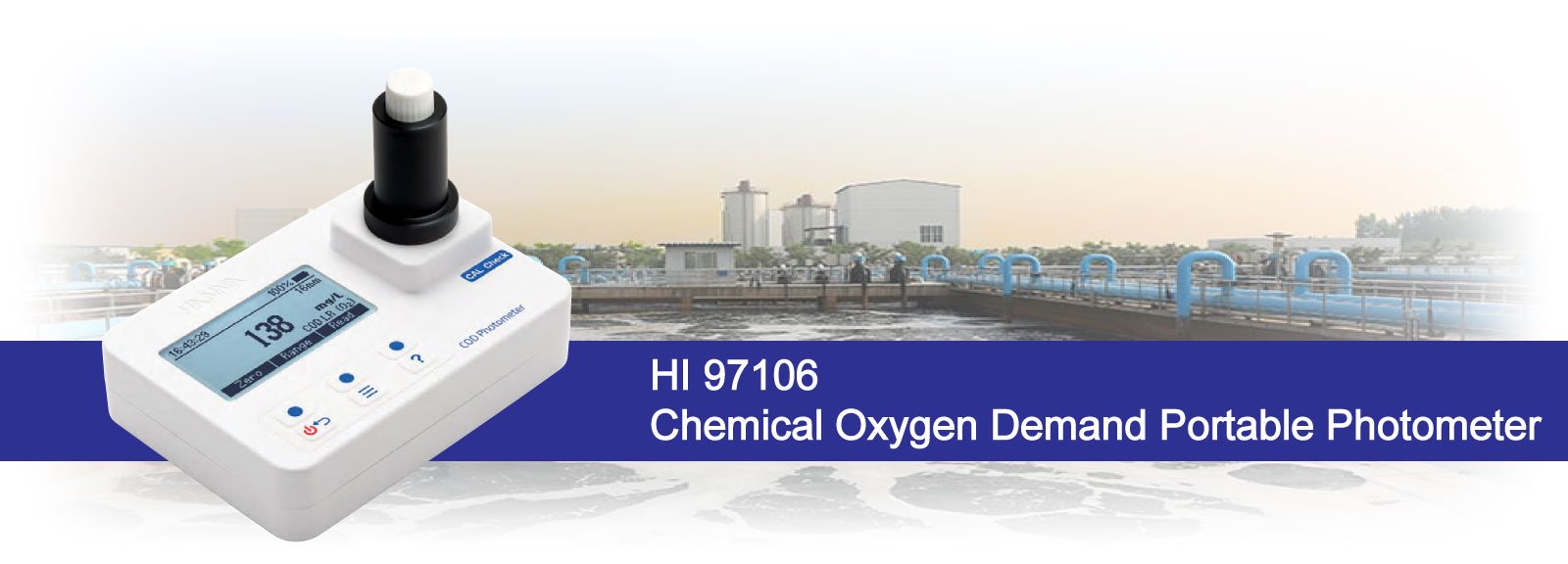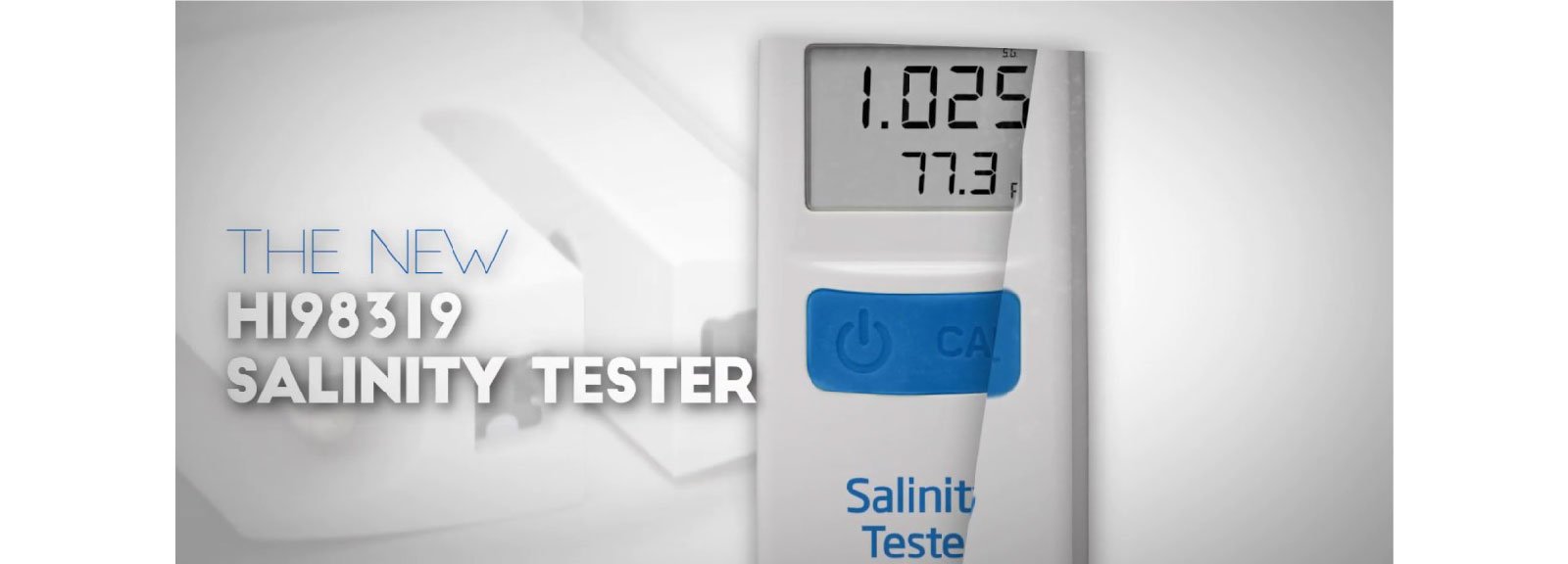Hanna Instruments (M) Sdn Bhd
11A, Jalan PJS 11/20,
Bandar Sunway,
46150 Petaling Jaya,
Selangor, Malaysia.
11A, Jalan PJS 11/20,
Bandar Sunway,
46150 Petaling Jaya,
Selangor, Malaysia.
+603-5638 9940
Penang Branch Office
Hanna Instruments (M) Sdn Bhd
N0. 303-2-27, Krystal Point,
Jalan Sultan Azlan Shah,
11900 Sungai Nibong,
Penang, Malaysia.
+604-638 4558
+604-645 4558
penang@hannamalaysia.com
Sabah Branch Office
Hanna Instruments (M) Sdn Bhd
No. 4-1, 1st Floor,
Plaza Kingfisher,
Jalan Plaza Kingfisher 5,
Inanam, 88450 Kota Kinabalu,
Sabah, East Malaysia.
088-382 941
088-382 942
sabah@hannamalaysia.com
Hanna Instruments (M) Sdn Bhd
N0. 303-2-27, Krystal Point,
Jalan Sultan Azlan Shah,
11900 Sungai Nibong,
Penang, Malaysia.
+604-638 4558
+604-645 4558
penang@hannamalaysia.com
Sabah Branch Office
Hanna Instruments (M) Sdn Bhd
No. 4-1, 1st Floor,
Plaza Kingfisher,
Jalan Plaza Kingfisher 5,
Inanam, 88450 Kota Kinabalu,
Sabah, East Malaysia.
088-382 941
088-382 942
sabah@hannamalaysia.com
HI4430B Gel Filled ORP Electrode with Gold Contact and BNC Connector
| Previous | 8 / 11 | Next |
RM 1,032.00
500 g
The HI4430B is a PEI body, single junction ORP electrode with a BNC connector. This electrode has a single ceramic junction in the outer reference cell and the ORP sensing pin is made with gold. This design consideration is ideal for ORP measurements of ozone and applications with other oxidants.

PEI Body

Single Ceramic Junction

BNC Connector
- Durable PEI Body
- Gel Electrolyte
- Gold Sensing Pin
Details
Hanna Instruments offers a wide variety of ORP electrodes that are designed for many different applications. The type of material used for the sensing pin, type of glass used for body material, type of junction, type of reference and electrolyte used are just some of the design considerations.
The HI4430B uses a gold pin, PEI body, single ceramic junction and gel electrolyte.

Gold Sensing Pin
The HI4430B ORP sensor is made with gold. An ORP sensor must be chemically inert; it cannot be oxidized or reduced itself. It must also have the proper surface characteristics to promote rapid electron exchange, a property known as high exchange current density. Two noble metals have proven to work well for this purpose: platinum and gold. Pure platinum and pure gold are both used in the construction of ORP sensors. The gold sensor signal is carried through the electrode body, and together with the reference signal is conducted to the measurement meter.

PEI Body
The body of the HI4430B is composed of polyetherimide (PEI) resin. The PEI body is suitable for a wide range of applications and excels in field measurements due to its durability. The shielding around the spherical glass tip minimizes breakage due to accidental bumping or dropping of the electrode. The PEI plastic is a high quality plastic that is chemically resistant to many aggressive chemicals.

Single Ceramic Junction
The outer junction of an electrode, also known as a salt bridge, is necessary component of the electrical circuit. The movement of ions must flow through the junction for a steady reading. The outer reference has a single ceramic frit. The ceramic is a porous material that is easily fused with the glass body and has a similar expansion coefficient. A single ceramic junction has a flow rate of 15-20 μL/hour. Other junction types are available with higher flow rates and made with different materials.

BNC Connector
The HI4430B uses a BNC connector. This type of connector is universal in that it can be used on any pH meter that has the female BNC probe input. Other type of connectors include DIN, screw type, T-type, and 3.5mm to name a few. These types of connectors tend to be proprietary for a particular type of meter and are not interchangeable.
Specifications
| Body Material | PEI |
|---|---|
| Reference | single, Ag/AgCl |
| Junction / Flow Rate | ceramic, single |
| Electrolyte | gel |
| Range | ORP: ±2000 mV |
| Max Pressure | 2 bar |
| Tip Shape | gold pin |
| Diameter | 12 mm |
| Body Length / Overall Length | 120 mm / 163.5 mm |
| Recommended Operating Temperature | -5 to 70°C (23 to 158°F) |
| Temperature Sensor | no |
| Matching Pin | no |
| Amplifier | no |
| Digital | no |
| Cable | coaxial; 1 m (3.3’) |
| Connection | BNC |
| Applications | oxidants, ozone |








